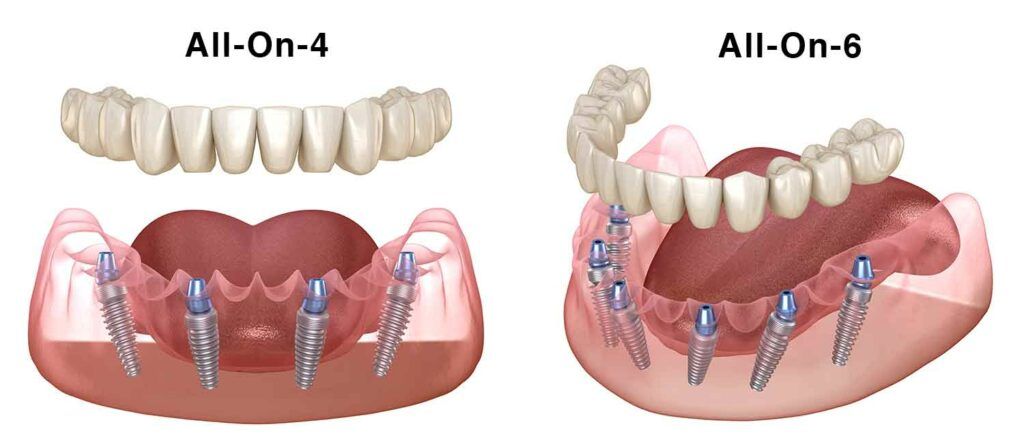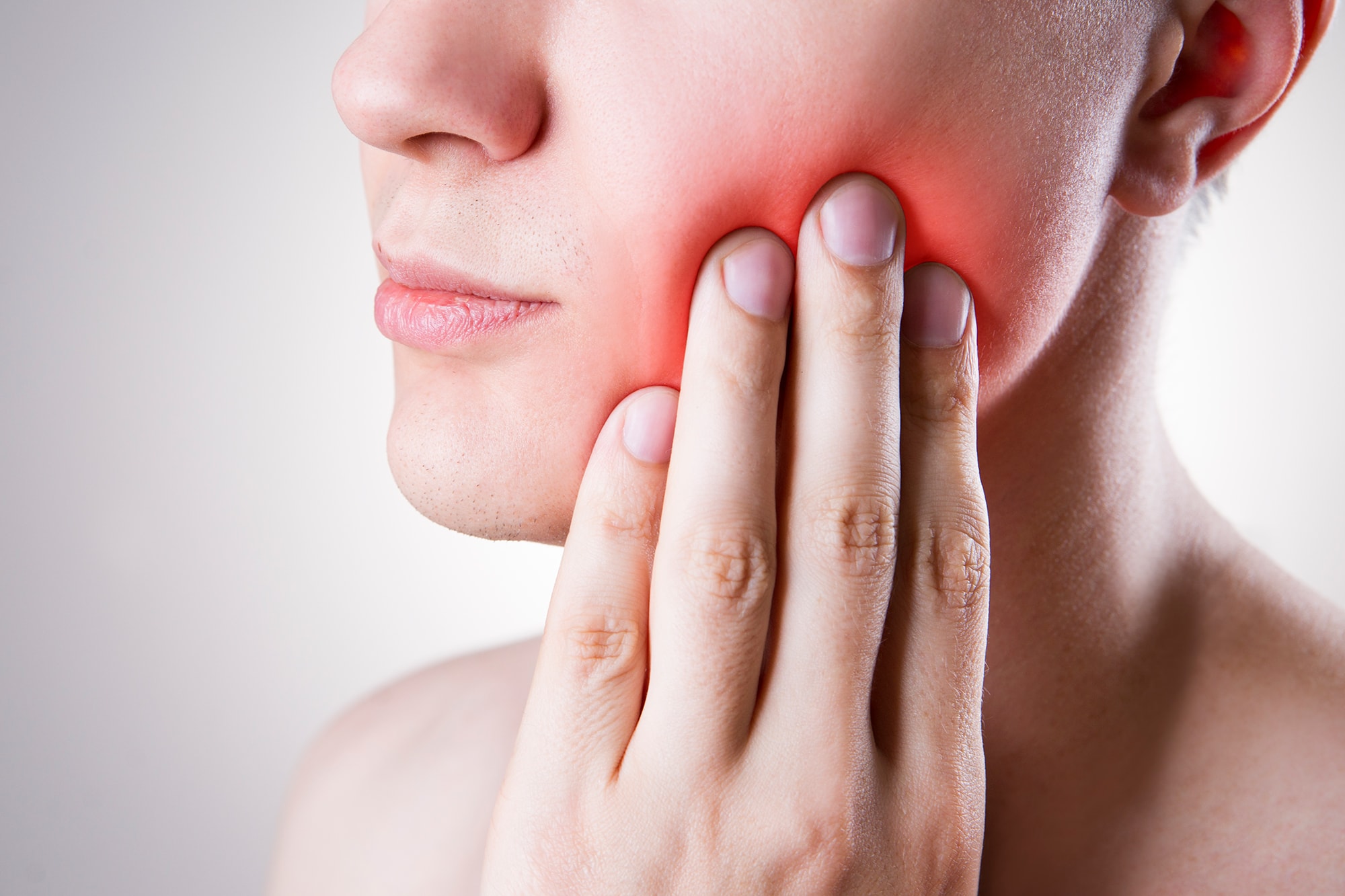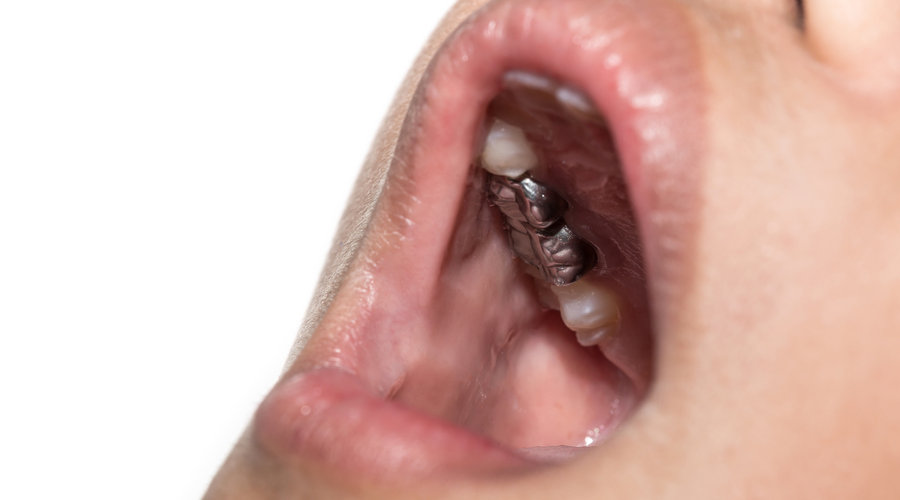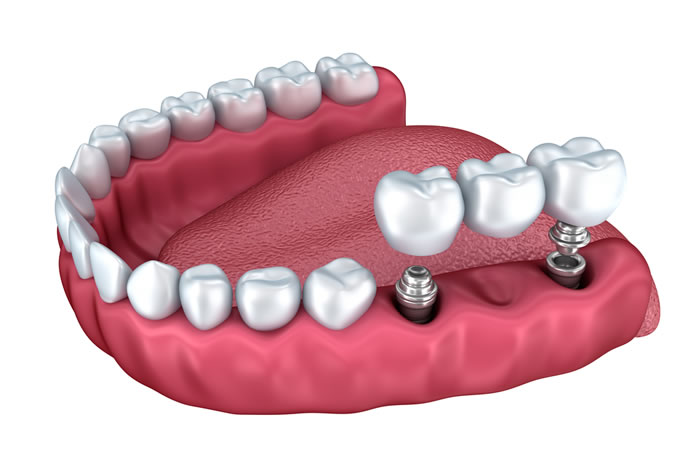SERVICES
What is Oral Rehabilitation?
Oral rehabilitation is a dental specialty that focuses on the comprehensive restoration and reconstruction of a patients oral and functional health. This field combines various disciplines of dentistry, such as periodontics, endodontics, orthodontics, prosthodontics, implantology, and aesthetic dentistry, to address the complex needs of patients with extensive dental and oral problems. The goal of oral rehabilitation is to restore normal chewing function, improve dental and facial aesthetics, and overall oral health. Common procedures in oral rehabilitation include dental implant placement to replace missing teeth, root canal treatments to save damaged teeth, placement of dental crowns and bridges to restore function and aesthetics, correction of malocclusions through orthodontics, and soft and hard tissue grafting to enhance oral structure and support for teeth and implants. Oral rehabilitation is particularly useful for patients who have experienced dental trauma, advanced periodontal disease, severe dental wear, maxillofacial bone loss, congenital abnormalities, or have complex aesthetic needs. An interdisciplinary team of specialists collaborates to plan and execute the most appropriate treatment for each individual case, with the aim of restoring oral function and aesthetics comprehensively.

Veneers
Dental veneers, commonly referred to as "veneers" or "dental laminates," are thin, custom-made shells crafted from tooth-colored materials such as porcelain or composite resin. They are designed to cover the front surface of teeth to improve their appearance, including shape, size, color, or length. Heres an overview of dental veneers:
Purpose: Dental veneers are primarily used for cosmetic purposes to enhance the appearance of teeth that are discolored, worn down, chipped, misaligned, uneven, or irregularly shaped.
Materials:
Porcelain Veneers: Porcelain veneers are custom-made in a dental laboratory and are known for their durability, stain resistance, and ability to mimic the natural appearance of teeth.
Composite Resin Veneers: Composite veneers are directly applied to the teeth and sculpted by the dentist. While they are more affordable than porcelain veneers, they may not last as long and are more prone to staining and wear.
Placement...
All on 4/ All on 6
"All-on-4" and "All-on-6" are terms used in dentistry to describe techniques for full-mouth rehabilitation involving the placement of dental implants to support a complete dental prosthesis in a single dental arch (either the upper or lower arch). Heres a description of each:
All-on-4:
This technique involves the placement of four dental implants in the jawbone or maxilla to support a complete dental prosthesis.
The implants are strategically placed in areas with dense and good-quality bone to provide optimal support for the prosthesis.
The arrangement of implants allows for even distribution of chewing forces and minimizes the need for bone grafting procedures.
All-on-4 is a popular option for patients with moderate bone loss who desire a fixed, long-term dental replacement solution.
All-on-6:
In this approach, six dental implants are placed in the maxilla or jawbone to support a complete dental prosthesis.
The placement of six implants allows for...


Dental Implants
Dental implants are a type of dental restoration used to replace missing teeth. They are surgically placed into the jawbone and serve as artificial tooth roots onto which dental prosthetics such as crowns, bridges, or dentures can be attached. Heres an overview of dental implants:
Components of Dental Implants:
Implant Fixture: This is the part of the implant that is surgically placed into the jawbone. It is typically made of biocompatible materials such as titanium and serves as the artificial tooth root.
Abutment: The abutment is a connector piece that attaches to the implant fixture and protrudes above the gumline. It provides support for the dental prosthetic (crown, bridge, or denture) that will be attached to the implant.
Dental Prosthetic: The dental prosthetic is the visible part of the implant restoration and can be a crown for single-tooth replacement, a bridge for multiple adjacent teeth, or a denture for multiple teeth in an arch.
Placement...
TMJ Therapy
The treatment for temporomandibular joint (TMJ) disorder can vary depending on the severity and underlying cause of the symptoms. Heres an overview of common treatment options for TMJ:
Self-care and lifestyle changes:
Applying cold or warm compresses to the affected area to alleviate pain and reduce inflammation.
Avoiding hard or sticky foods that may increase stress on the temporomandibular joint.
Practicing muscle relaxation exercises and stress reduction techniques to alleviate tension in the jaw and facial muscles.
Adopting proper posture and avoiding habits like nail biting or teeth grinding.
Medications:
Over-the-counter pain relievers, such as ibuprofen or acetaminophen, to alleviate pain and inflammation.
Muscle relaxants to reduce muscle tension in the jaw and neck.
Nonsteroidal anti-inflammatory drugs (NSAIDs) to reduce inflammation and pain.
Physical therapy:
Stretching and strengthening exercises for the jaw muscles to improve mobility and reduce...


Dental Bridges
Dental bridges, also known as "bridges," are dental prosthetic devices used to replace one or more missing teeth by bridging the gap between adjacent natural teeth or dental implants. Heres an overview of dental bridges:
Indications: Dental bridges are used when one or more teeth are missing, and there are healthy teeth or dental implants adjacent to the gap. They restore chewing function, maintain the alignment of surrounding teeth, and prevent dental problems associated with tooth loss.
Types of Dental Bridges:
Traditional Dental Bridges: Traditional bridges consist of dental crowns placed on the abutment teeth (the natural teeth adjacent to the gap) with an artificial tooth (pontic) suspended between them to fill the empty space.
Cantilever Bridges: Cantilever bridges are similar to traditional bridges but are supported by a single abutment tooth instead of two. They are used when only one adjacent tooth is available for support.
Maryland Bridges...
Crown
Dental crowns, commonly referred to as "crowns," are prosthetic devices used to restore the shape, size, strength, and appearance of a tooth that has been damaged or severely decayed. Heres an overview of dental crowns:
Indications: Dental crowns are used in various situations, including:
Restoring a tooth with extensive decay that cannot be adequately repaired with a filling.
Protecting a weak tooth from fracturing or breaking.
Restoring a tooth that has undergone root canal therapy.
Covering a misshapen or discolored tooth to improve its appearance.
Supporting a dental bridge to replace one or more missing teeth.
Covering a dental implant to replace a missing tooth.
Types of Dental Crowns:
Porcelain Crowns: Porcelain crowns are tooth-colored and closely resemble natural teeth in appearance. They are an excellent choice for restoring front teeth.
Porcelain-Fused-to-Metal (PFM) Crowns: PFM crowns have a metal substructure for strength, covered with...


Fixed Prosthesis (crowns, veneers)
Fixed dental prostheses, also known as dental bridges or dental crowns, are dental devices used to replace one or more missing or severely damaged teeth. Unlike removable prostheses, fixed prostheses are permanently cemented or bonded to adjacent teeth or dental implants. Heres an overview of fixed dental prostheses:
Indications: Fixed dental prostheses are used to restore chewing function, improve dental aesthetics, and prevent dental and jaw problems associated with missing teeth. They may be recommended in cases of single or multiple adjacent missing teeth.
Types of Fixed Dental Prostheses:
Conventional Dental Bridges: A conventional dental bridge consists of dental crowns placed on the adjacent teeth to the empty space (abutment teeth) and an artificial tooth (pontic) that fills the missing space.
Adhesive Prostheses: These prostheses are bonded to adjacent teeth using dental adhesives or dental cement. They may be an option when the abutment teeth are sufficiently...
Contact us to get the service of Oral Rehabilitation
Complete the form to contact our company so we can provide you with specialized attention for the service of Oral Rehabilitation.

Oral Rehabilitation Process
This document tells us about what is involved when we talk about oral rehabilitation, from how we begin this process to how a complete treatment is completed.
